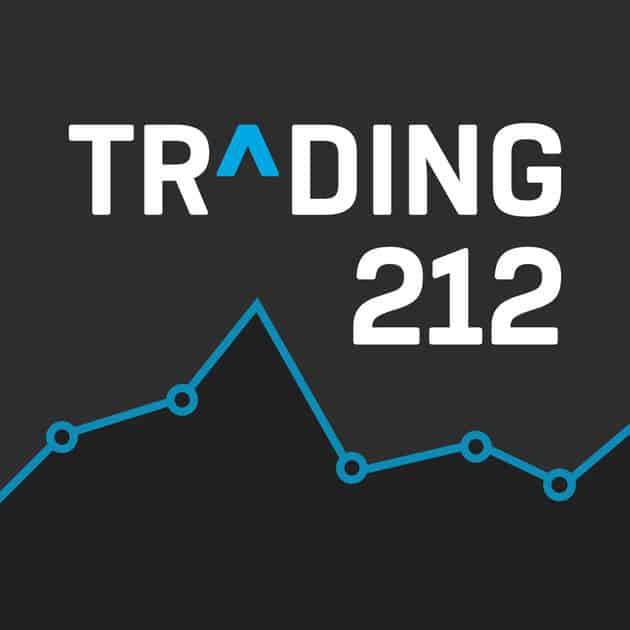An ISA (Individual Savings Account) is a tax- efficient way to save and invest money in the UK. They key benefit of an ISA is that any interest, dividends, or capital gains earned within an ISA are completely tax-free, meaning you don’t have to pay tax on the money you make.
Works like a regular savings account but with tax- free interest. Available in easy access, fixed rate and notice accounts. These are best for low-risk savings and emergency funds.
However, the interest rate can be lower than other savings accounts.
Allows you to invest in stocks, bonds and other assets. The returns depend on market performance; there is a potential for higher growth but also risk of loss. These are best for long term investors who can handle market fluctuations.
The downside is that there are no guaranteed returns, as investments can go down as well as up.
These are designed for first-time homebuyers or for retirement savings. With this product you can save up to £4000 per year, and the government adds a 25% bonus, so if you put in the full £4000, you’d get a max government bonus of £1000. These can be in cash or stocks and shares. These are best for people looking to purchase their first home in the next few years, or for those wanting to start saving for retirement, and needs to be open for a full 12 months before you can get the benefit.
The biggest disadvantage of these is that if you withdraw the money before the age of 60 and not for a home purchase, you will face a 25% penalty. This actually means that you lose some of your own money. E.g. you put in 4k, the government gives you a 1k bonus so total amount saved is £5000. Then 25% of this is £1250, so you end up with only £3750 of your own money back.
Invests in peer to peer lending rather than traditional stocks or savings accounts. These may come with potentially higher returns, but also higher risks as borrowers may default. These are best for experienced investors who are comfortable with risk.
The downside with this is that there is no FSCS (Financial Services Compensation scheme), so your money isn’t guaranteed.
These provide tax-free savings for children under 18. Parents can save up to £9000 per year on behalf of a child. These are available as cash or stocks and shares. They are best for long-terms savings for a child’s future, for university or a first home etc.
However, the child cannot access the money until they are 18 so this is something to be aware of.

Get a FREE fractional share with Trading212
Use promo code: MITM (works within the first 10 days of signing up)
Fractional share worth up to £100. Capital at risk. Terms apply

Get a Welcome Bonus of up to £50 when you invest at least £100 with InvestEngine

Consolidate your Pensions with PensionBee
Keep your pensions all in one place with this simple to use Pension service.
Manage your money better with MoneyMonitor
I personally built this website to allow me to bin my spreadsheets in favour of something a little easier to use. It’s completely free of charge.